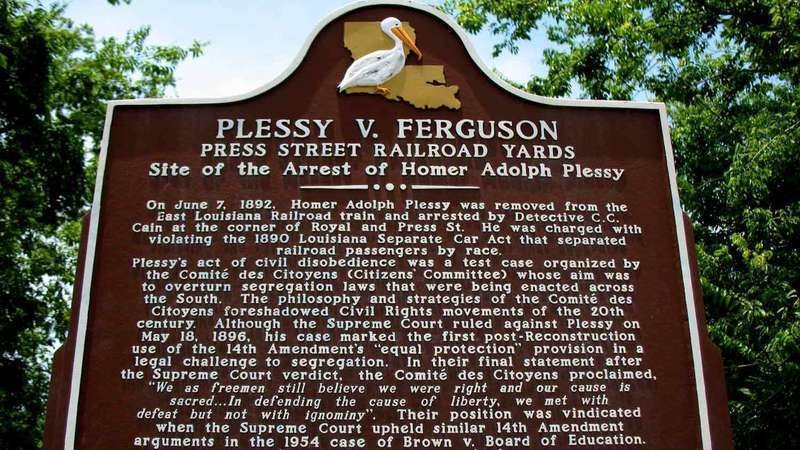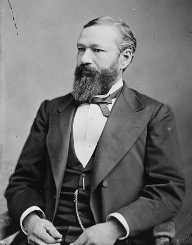Black History
What Spring 2020 Has in Common with Plessy v. Ferguson

After the last few days of the pandemic, who remembers what Punxsutawney Phil predicted about Spring. The calendar says Spring started March 19 which is the earliest vernal equinox since 1896 , and what a year that was for Black Americans.
“Our Constitution is color-blind, and neither knows nor tolerates classes among citizens,” Supreme Court Justice John Marshall Harlan stated.
Harlan was the only Justice who espoused that philosophy in May 1896 when the highest court in the land reached a decision with far-reaching and devastating implications for Black Americans. With Plessy v. Ferguson, the Supreme Court gave its approval to ‘separate but equal’ public facilities for different racial groups. The historical narrative mobilized by Reconstruction crashed headlong into a stubborn wall of opposition fueled by Southern angry and a backlash to advances made by the formerly enslaved.
Justice Harlan added, “In my opinion, the judgment this day rendered will, in time, prove to be quite as pernicious as the decision made by this tribunal in the Dred Scott Case” (referencing the controversial 1852 decision about slavery).
History of Plessy v. Ferguson
The Plessy case began in 1892 in Louisiana which had a “Separate Car Act”. Railroads operating in Louisiana were required to have ‘equal but separate’ accommodations for Black and white passengers, and passengers were not allowed to enter any other space than the one to which they were assigned based on race. A group of Creole professionals in New Orleans decided to challenge the law and formed The Citizens Committee to Test the Constitutionality of the Separate Car Act.

They chose Homer Plessy as the test case. Plessy was seven-eighths white and one-eighth Black. Plessy purchased a ticket for travel within the state of Louisiana and took a seat in the white accommodations. He was arrested and charged with violating the Separate Car Act.
Plessy v. Ferguson became the standard for all discrimination cases. And, it was the law of the land until 1954. Ironically, the railroad played a pivotal role in a case that changed the course of history, again, for Black America.
Two Sisters, One Supreme Court Case
Linda Brown and her little sister lived in Topeka, Kansas in the 1950s. Each morning they walked through a railroad switchyard to reach the bus stop for a ride to their all-Black school. There was a white school much closer to their home, but they were not allowed to attend it. The Brown family decided to sue.
The Supreme Court ruled in Brown v. Board of Education of Topeka that state laws establishing ‘separate but equal’ in public places were unconstitutional.
Chief Justice Earl Warren wrote, “We conclude that the doctrine of ‘separate but equal’ has no place. Separate educational facilities are inherently unequal.” The law that had been on the books since Spring 1896 no longer stood in America. It was then the fight began to convert law into everyday life.

-

 Featured10 months ago
Featured10 months agoCalifornia Is the First State to Create A Public Alert for Missing Black Youth
-

 Featured10 months ago
Featured10 months agoAfrican American Leaders Stay the Course Amid Calls for President Biden To Bow Out of Race
-

 Featured10 months ago
Featured10 months agoThe Debate Fallout Lands on Both Candidates
-

 Featured9 months ago
Featured9 months agoPresident Joe Biden Decides to Withdraw from the Presidential Race
-

 Featured10 months ago
Featured10 months agoPresident Joe Biden Describes Shooting of Donald Trump As ‘Sick’
-

 Featured9 months ago
Featured9 months agoIn One of His Final Speeches as President, Biden Says It’s Time for ‘Fresh Voices’

